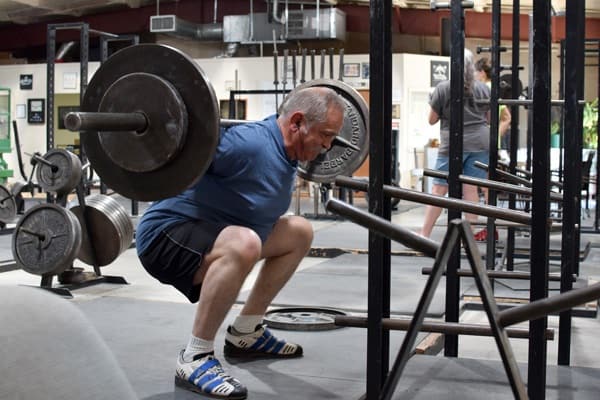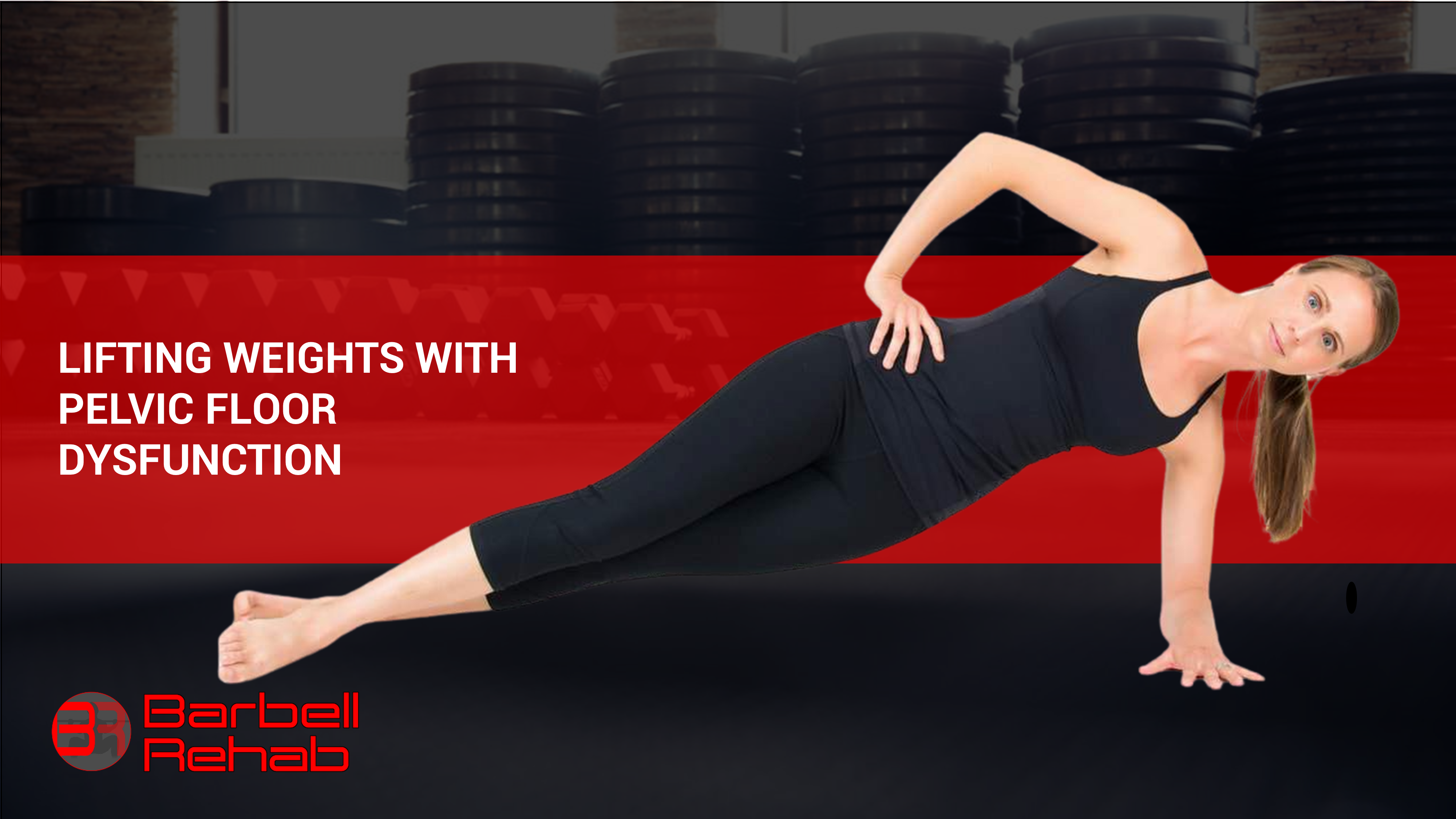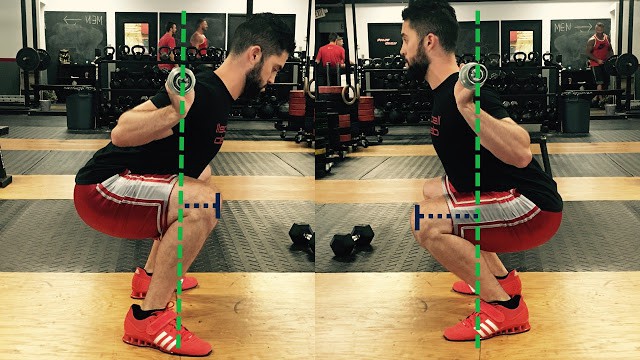Photo Credit: Nick Delgadillo
One of the most important things we can do as physical therapy students and practitioners is advocate for our profession. As the physical therapy profession has done well in promoting manual therapy and brand awareness in this area, I feel we have just as great an opportunity in the area of exercise prescription. And, it’s a great time to do so!
In 2014, through the American Board of Internal Medicine, the APTA released an article titled “Five Things Physical Therapists and Patients Should Question.” Number 2 in this article stated:
“Don’t prescribe under-dosed strength training programs for older adults. Instead match the frequency, intensity and duration of exercise to the individual’s abilities and goals.”
Although this is critical for the older adult population, I’d like to take this statement a step FURTHER by suggesting:
“Don’t prescribe under-dosed strength training programs for ANY patient. Utilize methods of loading that are sufficient to cause effective structural adaptations”
The days of utilizing 3 sets of 10 with a yellow Thera-band (which can easily become 1 set of 30, if the clinician isn’t monitoring appropriately) as the unabashed norm of exercise prescription are over. We should ensure that the exercises prescribed are of sufficient intensity to promote a structural adaptation, and, it is my belief that there’s no better way to do that than with a barbell.
I think it’s a great time to bring barbell exercises into mainstream outpatient physical therapy!
Loading Basic Movement Patterns With Barbell Training
While corrective exercises surely have their place, we simply cannot underestimate the enormous benefits of basic barbell training. Exercises such as the squat, deadlift, and overhead press train basic human movement patterns that we do EVERY DAY. Think of some of the major goals your patients have. From a grandmother who wants to be able to bend down and play with her grandkids, to a factory worker who needs to lift heavy boxes overhead, progressively loading these basic movements with a barbell has HUGE potential to carryover to function.
Tim is 1.5 years out of an ACL reconstruction, medial meniscectomy, and OATS procedure. He contributes barbell squatting as playing a major role in his recovery, and he now feels even STRONGER than before!
Barbell Training Responds to Safe Progressive Overload
In a world where the term “functional training” is often abused, I find myself, colleagues, and mentors questioning the very term. So, what does functional training mean to you? To me, it means prescribing exercises that have the biggest carryover to life. In life we squat, bend over, and reach overhead. In order to promote function, progressively loading these basic human movement patterns with a barbell is my vision for an efficient mode of exercise prescription in physical therapy.
However, I’ve found that a major perceptive barrier to implementing barbell exercises in the clinic is the notion that barbells are inherently dangerous. I’d imagine this arises because barbells are typically associated with the “meathead” gym population. Just for clarity, I’d never suggest to load your grandmother under a 225 lb. barbell, or, even a typical 45 lb. barbell to start. We can teach a deadlift or squat with a much lighter barbell and then progressively load it with 1 lb. plates.
It's the Movement Pattern That's Key
THIS is how we implement barbell training into clinical practice; the same way we integrate other modalities of exercise — through the principles of progressive overload, we can add just a few pounds (or maybe more depending upon the patient) each and every session to enhance functional outcomes.
This is how we bring barbells into the clinic: under control, under proper load, under supervision, and out under the cloud of stigma. It’s a great time, it’s a great opportunity, and it’s a great way to optimize the human experience.





